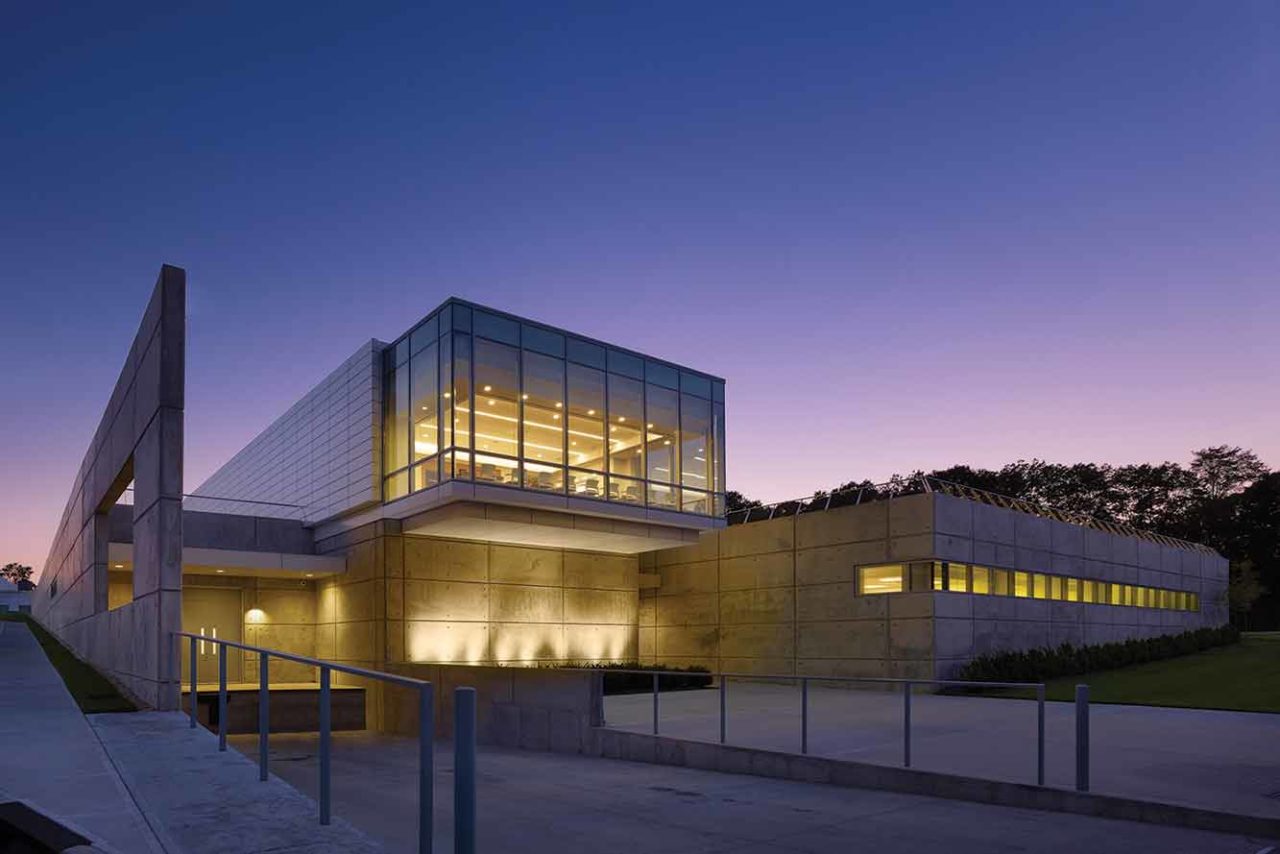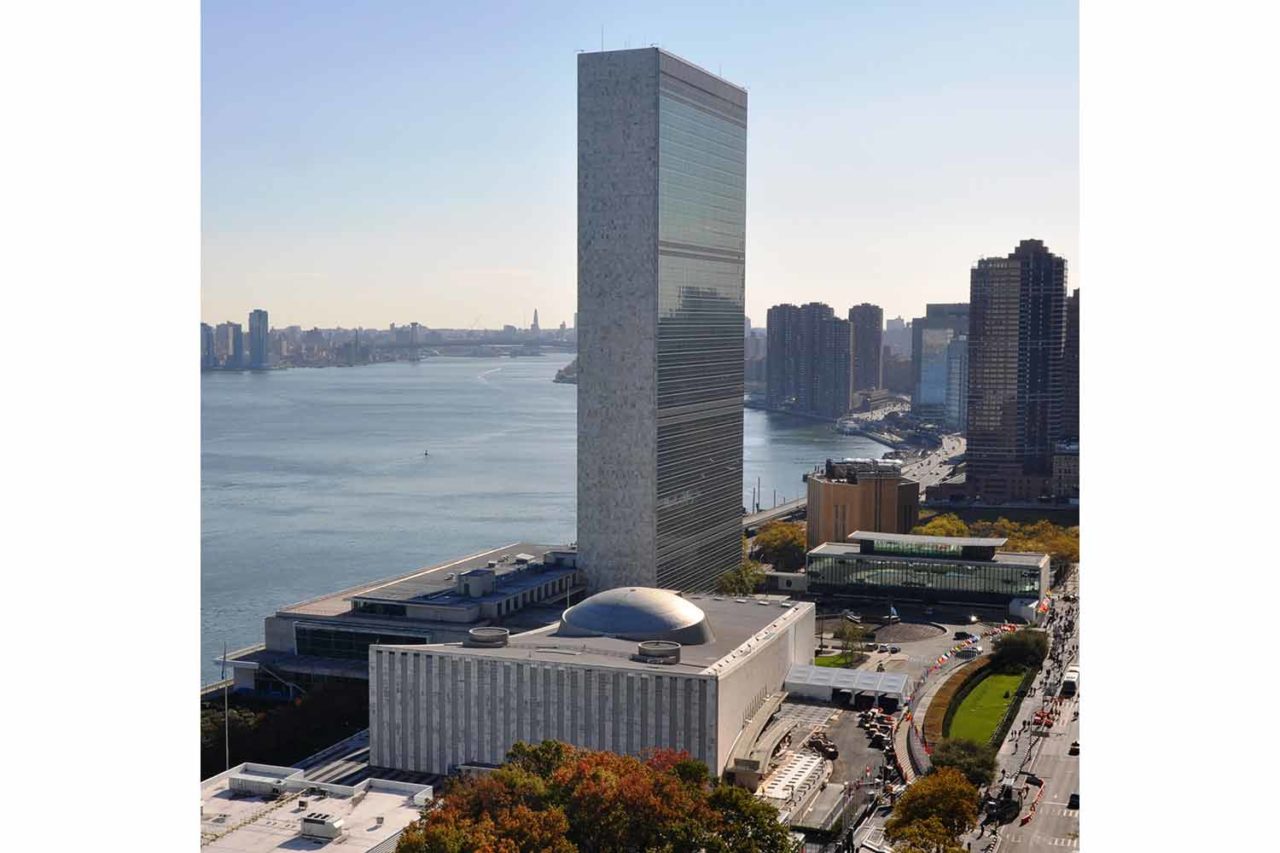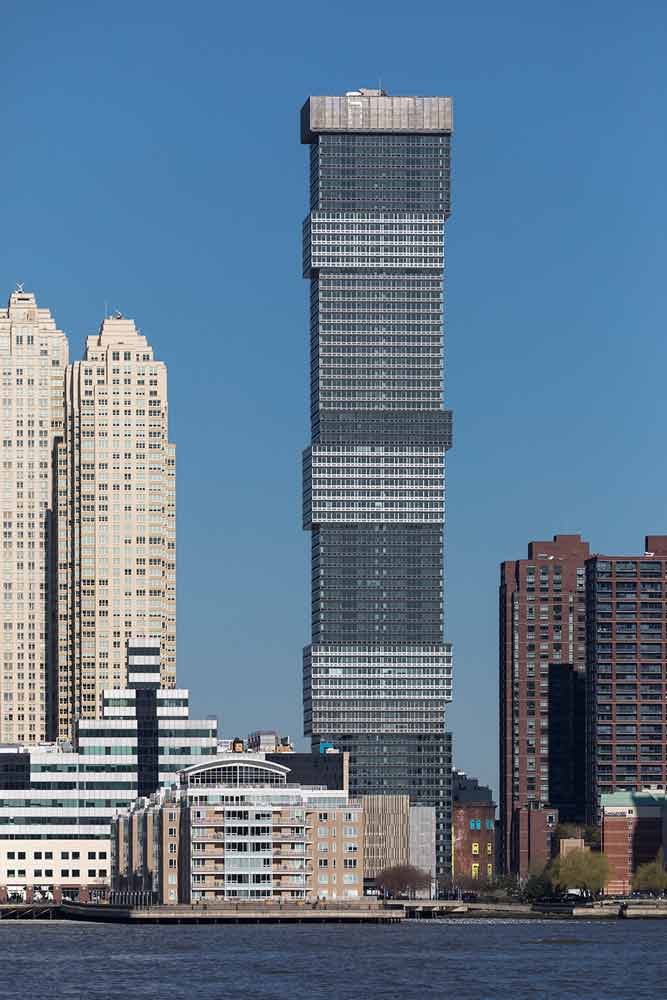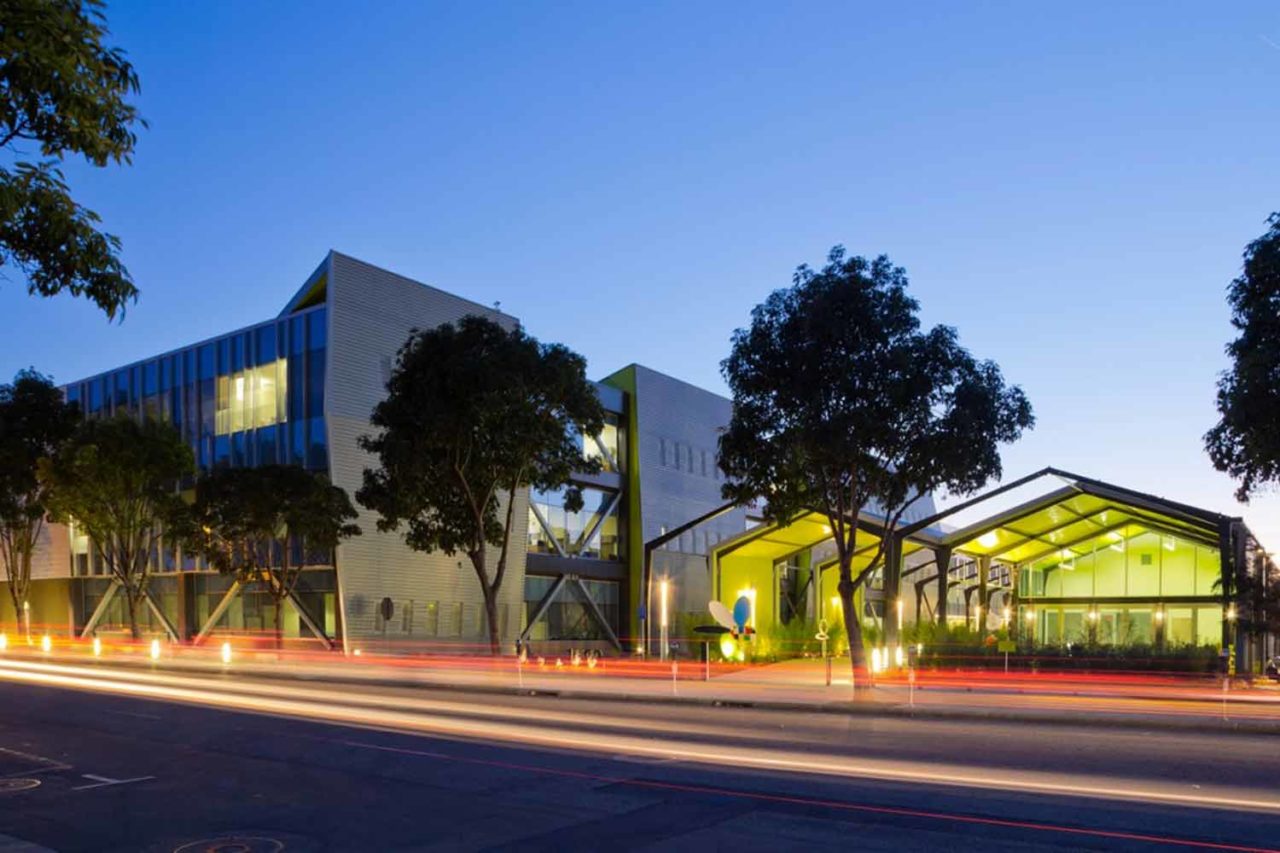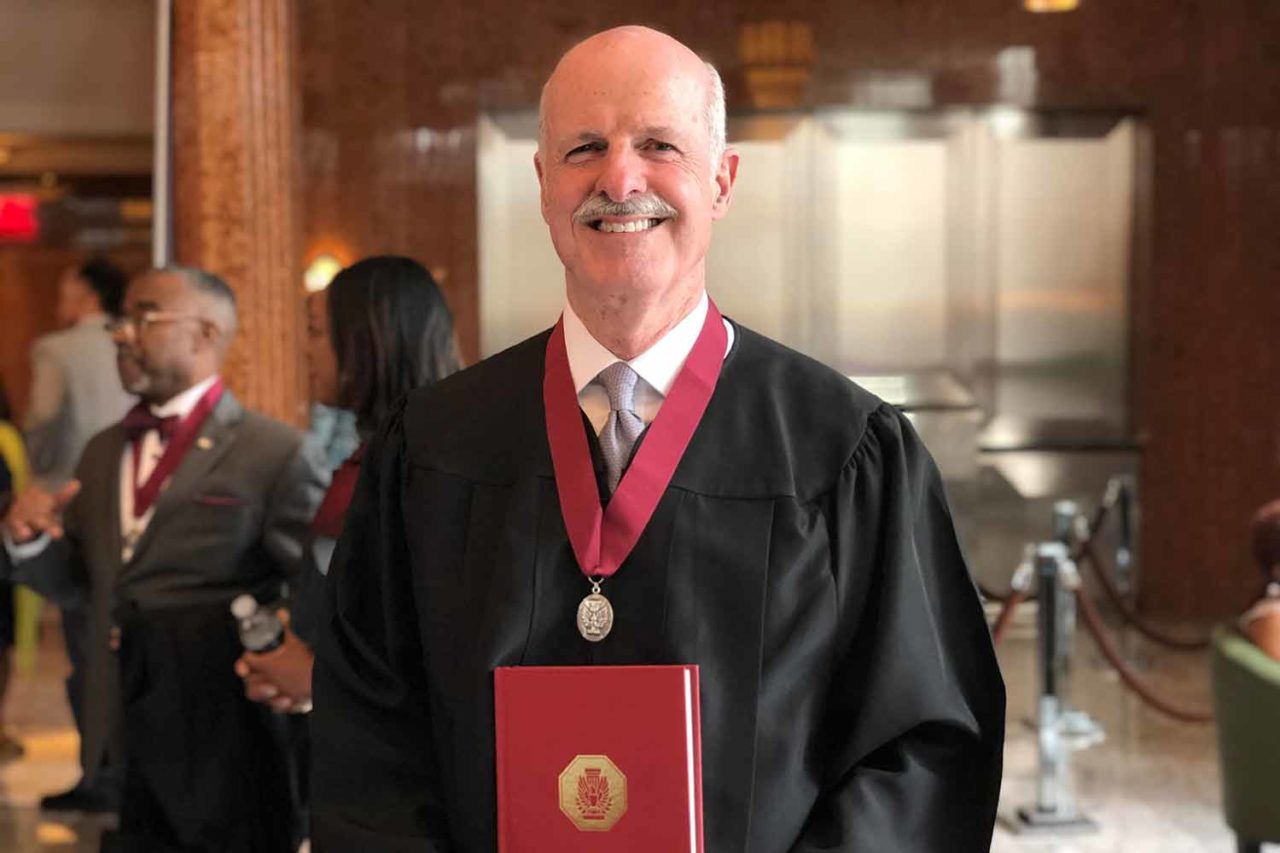by: AIA New York
John Gering, FAIA, has pioneered the integration of design with advanced technologies in high-performance communications environments. Through his leadership as Managing Partner at HLW and partnerships with his peers, he has fostered the type of innovation and change sought by technology corporations, multimedia organizations, and academic institutions worldwide. Early in his career, Gering anticipated the need for distinct, specialized design in the media and communications industry, understanding that a facility’s interiors should accommodate constant change. Gering’s work at HLW focuses on integrating multiple levels of technology and design, fostering a new paradigm in which people and technology interface effortlessly. Some of Gering’s notable large-scale campus projects include the restoration and renewal of the United Nations Headquarters Campus Master Plan and Secretariat Building Restoration, ESPN’s Digital Broadcast Complexes on the east and west coasts, and 20th Century Fox Film’s Broadcast Center and Executive Campus.
The Jury of Fellows of the AIA elevated Gering to the College of Fellows in the second category of Fellowship, which recognizes architects who have made efforts “To advance the science and art of planning and building by advancing the standards of architectural education, training, and practice,” according to the organization’s definition. Gering was recognized at the New Fellows Reception hosted by AIA New York and at an investiture ceremony at the AIA Conference on Architecture. Gering is also hosting a New Fellow Salon at his firm on Tuesday, August 13, which offers guests the opportunity to get a behind-the-scenes look at the architecture offices of AIANY Fellows.
Q: What is influencing your work the most right now?
A: I am a firm believer that design and physical space have a measurable impact on an organization’s overall performance. It also has a significant impact on staff productivity, performance, health and wellbeing. In response to the digital revolution, buildings and interior spaces need to be flexible in order to integrate rapidly evolving technologies and support the changing nature of work. I continue to be inspired by the challenge of designing efficient and sustainable spaces that reflect the client’s brand, successfully recruit and retain top talent, and ultimately optimize and strengthen their business.
Q: What are some of your favorite recent projects that you’ve worked on?
A: My favorite recent project was the renovation of the United Nations Headquarters complex, which has stood as a global symbol of postwar politics and architecture for nearly 70 years. The campus-wide project included a full restoration of the signature 39-story glass-and-steel Secretariat Building—a virtual redesign in place which completely reorganized and rebuilt the facility’s infrastructure. The 10-year, $1.9 billion project demonstrated how an iconic complex of historic buildings with conflicting budgetary, programmatic and security demands, could be successfully transformed to achieve sustainable, technological and operational excellence while fully respecting the character-defining features of the campus.
Q: What do you see as an architect’s role—and responsibility—within our culture?
A: One of the most basic and vital roles that architecture plays within our culture is creating a sense of place. When architects design buildings, the goal is to leave the cities we live and work in better than they were found. We as architects interpret our client’s values and goals through the built environment. Often this involves sustainability, though it is not as simple as looking at sustainable elements of the space, but the broader elements of our societies as well. Ultimately, we need to consider the extensive scale of climate change to inform our design work.
Q: What are your thoughts on architectural education today?
A: The fundamentals of a solid architectural education provide an excellent foundation for creative thinking and problem solving. While today’s architectural schools emphasize the importance of aesthetic theory, students are faced with the challenge of how to implement these concepts once they experience the realities of professional practice. In the professional realm, architects are expected to develop compelling design solutions that support their client’s goals while considering budget, utility, function, logistics, and social trends. Finding ways to better integrate both education and practice, such as co-op bridging programs, will provide students with the necessary tools they need to enter the job market with confidence.
Q: What do you think are the biggest challenges, or opportunities, facing cities today?
A: In today’s culture of immediate response and economic development, general public interest may be short changed. A shift towards an order of the common good may need to be more front and center. Buildings usually establish long term investments and help build communities. The end product should reflect the values of the cultures or societies that we build in. Architects are in the unique position of managing this effort towards positive and fruitful results. Architects should take this opportunity to lead the effort to embrace responsibility of social agenda at a micro and macro scale.
Editors’ Note: This feature is part of a series celebrating the members of the American Institute of Architects (AIA) New York Chapter who are elevated each year to the AIA College of Fellows, an honor awarded to members who have made significant contributions to both the profession and society. Learn more about Fellowship here.








